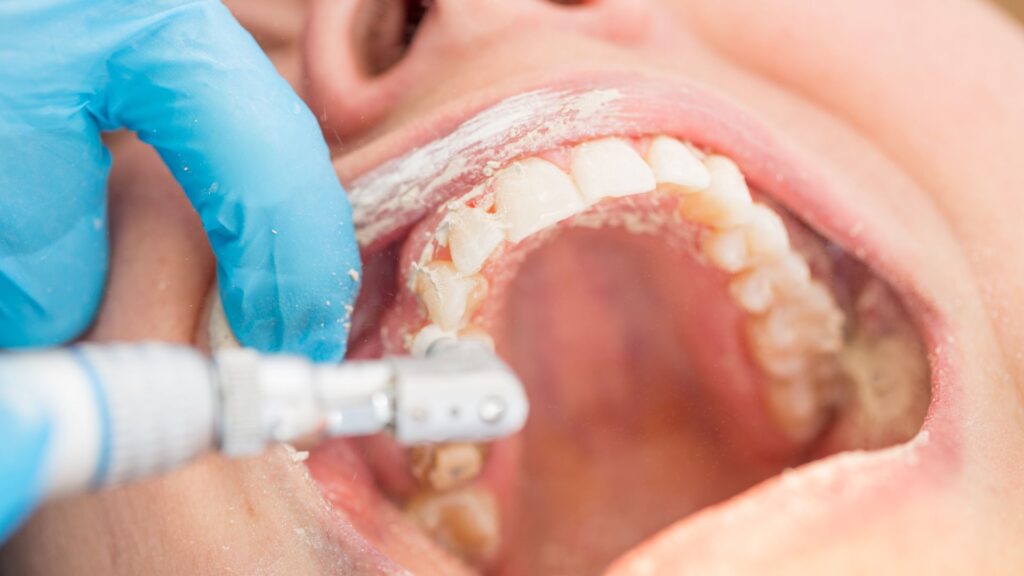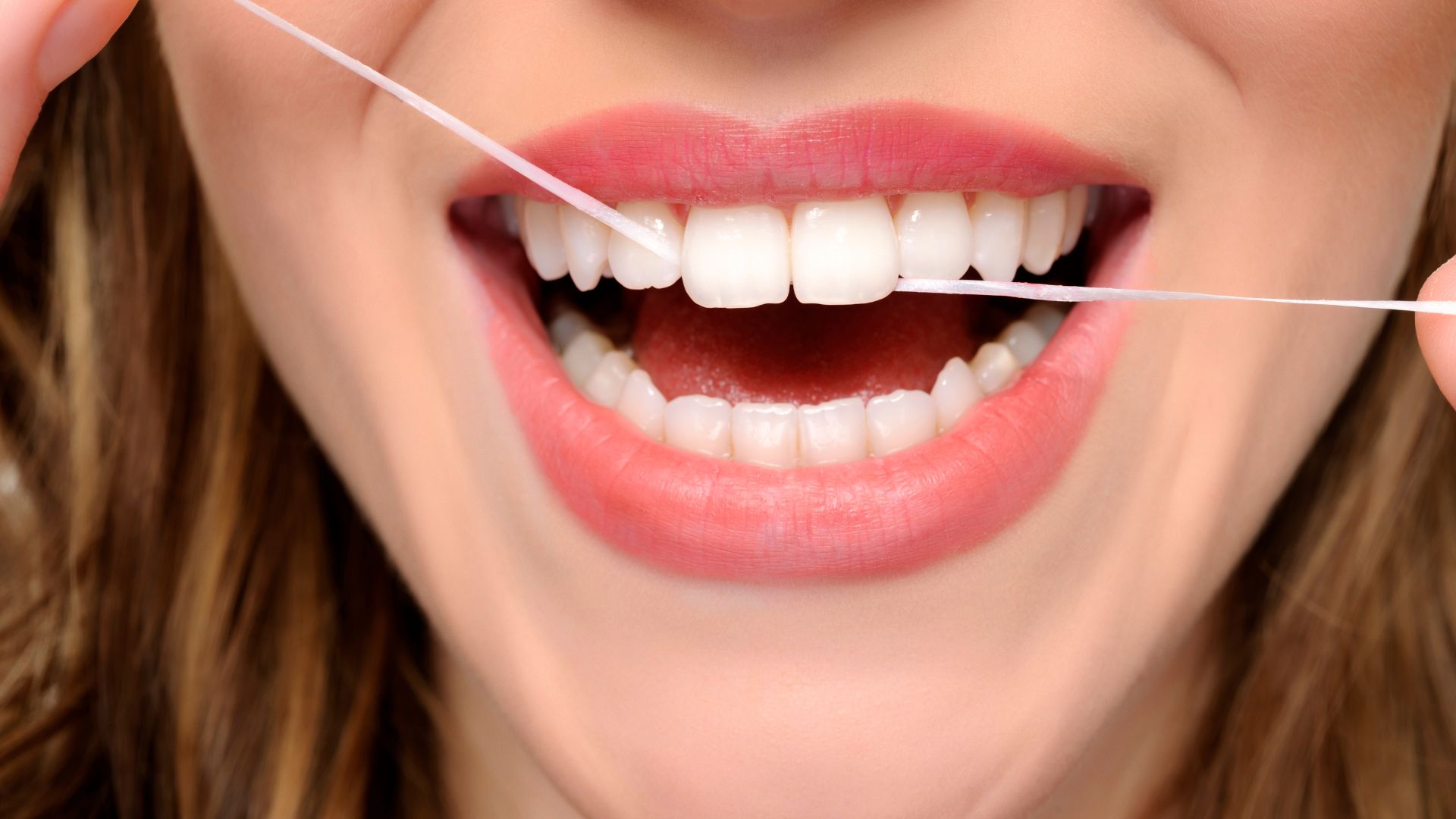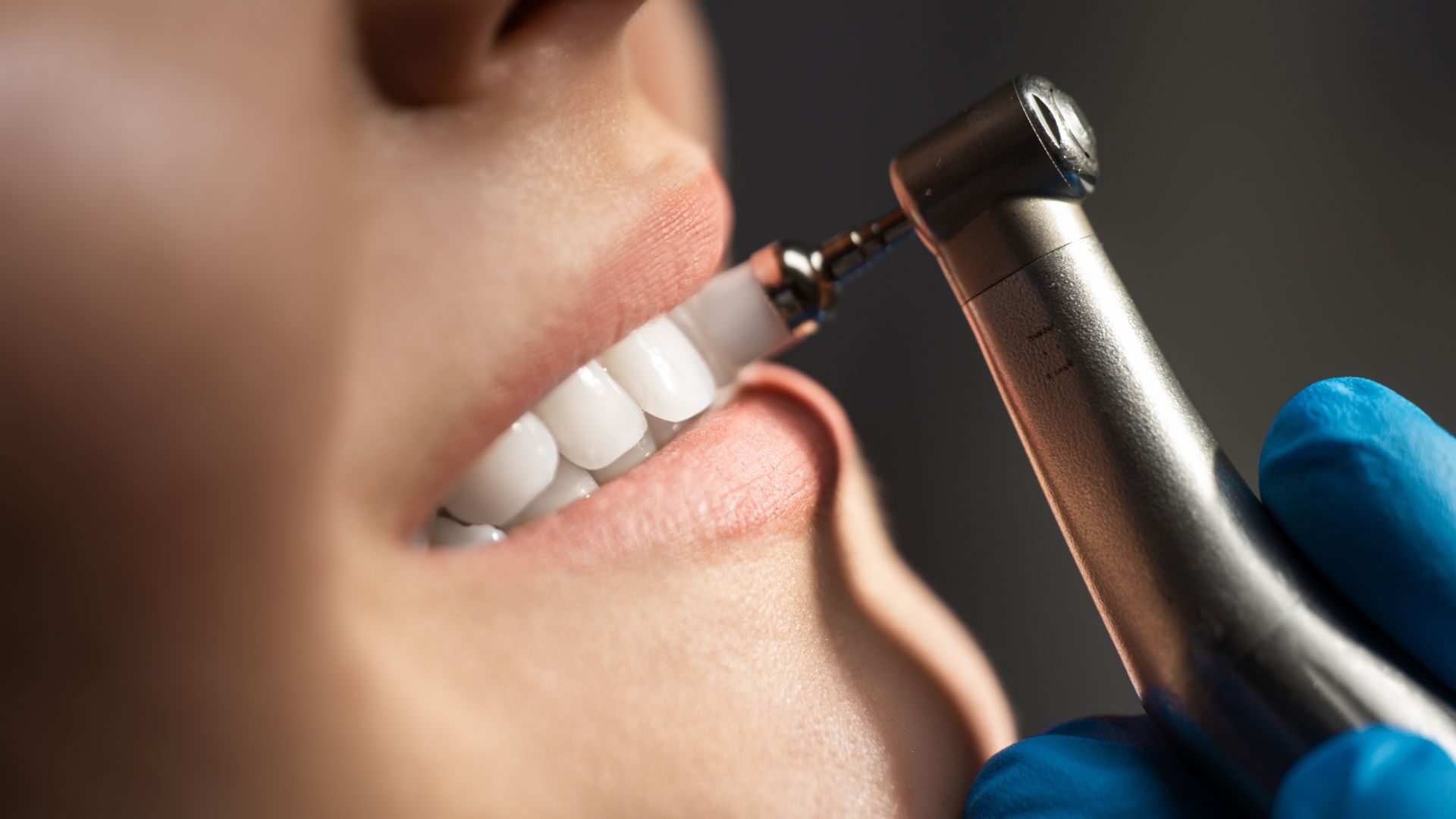A professional teeth cleaning procedure is one of the simplest yet most effective ways to protect your oral health. While brushing and flossing at home are essential, they can’t remove hardened tartar or detect early signs of gum disease. That’s where routine dental cleanings come in.
If you’ve never had one—or if it’s been a while—you might feel unsure about what the process involves. This guide will walk you through each step of the procedure so you know exactly what to expect at your next dental visit.
Why Teeth Cleaning Matters
Professional teeth cleaning goes beyond what your toothbrush can do. It helps remove plaque and tartar buildup, which are the leading causes of gum disease and tooth decay. Even if you brush and floss daily, some areas are hard to reach and need professional care.
There’s also growing evidence that oral health is closely connected to your overall health. Bacteria from infected gums can enter your bloodstream and contribute to heart disease, diabetes complications, and respiratory infections. That’s why dental cleanings are not just cosmetic—they’re preventive healthcare.
“Routine dental cleaning every six months can significantly reduce the risk of gum disease and tooth loss.” – World Health Organization Oral Health Fact Sheet.
What to Expect During a Teeth Cleaning: Step-by-Step
If you’ve ever wondered what actually happens in the dentist’s chair during a cleaning, here’s a simple breakdown:
Initial Check-Up
The dentist or hygienist begins by visualizing your mouth, using a small mirror to look for signs of inflammation, bleeding gums, cavities, or plaque buildup. This step helps identify any existing issues and determines if further treatment is needed. It’s a quick, noninvasive part of the visit that ensures the rest of the cleaning is done safely and effectively.
Scaling: Removing Plaque and Tartar
Scaling is the process of removing plaque and tartar from your teeth using a manual scaler or ultrasonic device. It focuses on areas around the gumline and between teeth where buildup hides. This step is essential because tartar cannot be removed by brushing at home. Cleaning these areas helps prevent gum disease and stops early decay before it worsens.
“Teeth cleaning does not loosen your teeth. It removes tartar that may have been supporting already loose teeth due to gum disease.” – Indian Dental Association.
Polishing
After scaling, the dentist will polish your teeth using a slightly gritty paste and a rotating brush. This helps smooth the surface of your teeth and removes light stains left behind by food, drinks, or tobacco. Polishing also makes it harder for new plaque to attach to the enamel, keeping your teeth cleaner for longer between visits.
Professional Flossing
After polishing, your teeth will be flossed thoroughly to remove any remaining debris from between the teeth and below the gumline. This step also helps your dentist check for bleeding or inflammation in hard-to-reach areas.
Fluoride Application (Optional)
In some cases, especially for children or patients prone to cavities, a fluoride gel or varnish may be applied. This strengthens the enamel and helps protect teeth from decay. You may be asked to avoid eating or drinking for 30 minutes afterward
Aftercare Advice
At the end of the cleaning, the dentist will offer personalized tips based on your oral health. This may include better brushing techniques, flossing routines, or advice on using medicated toothpaste or mouthwash. If any issues were spotted, you might be guided on follow-up visits or lifestyle changes to protect your teeth and gums long-term.
Table: Step-by-Step Dental Cleaning Procedure
|
Step |
Description |
| Initial Exam | Dentist checks teeth, gums, and signs of decay or disease |
| Scaling | Removes plaque and tartar using a scaler or ultrasonic tool |
| Polishing | Smooths tooth surfaces and removes stains with gritty paste |
| Professional Flossing | Cleans between teeth and checks gum health |
| Fluoride Treatment | Optional enamel-strengthening step |
| Aftercare Guidance | Brushing tips, flossing advice, and next visit schedule |
Does Teeth Cleaning Hurt?
This is a common concern, especially for first-timers. Most people feel only mild discomfort during the cleaning, especially during scaling. If you have sensitive gums or a lot of tartar buildup, you may feel a minor soreness afterward. However, the procedure is safe, controlled, and usually painless.
If needed, your dentist may use a numbing gel on your gums. Let them know if you’re nervous—they can adjust the tools or pace to make you more comfortable.
What to Do After Teeth Cleaning
It’s normal to experience mild sensitivity to cold foods or drinks for a day or two after cleaning. This is temporary and usually goes away quickly.
Avoid eating or drinking anything dark (like coffee, tea, or cola) for a few hours after polishing, especially if you received fluoride treatment.
Continue brushing twice a day with a soft-bristled brush, floss daily, and drink plenty of water. If your dentist gave you specific products to use, follow those instructions closely.
“Teeth cleaning is a preventive care service, not a cosmetic one. It helps control bacteria and prevent oral infections.” – Journal of Clinical Periodontology.
Common Myths About Teeth Cleaning
Many people avoid cleanings due to common myths. Let’s address a few
- “Teeth cleaning weakens enamel”: False. The tools used are safe and designed to remove buildup, not harm your teeth.
- “It makes your teeth loose”: The procedure removes tartar that may have held loose teeth in place. The cleaning doesn’t cause looseness—it reveals existing gum issues.
- “You don’t need cleaning if nothing hurts”: Plaque and gum disease often don’t cause pain in the early stages. Preventive cleanings help catch problems before they worsen.
Frequently Asked Questions
How often should I get professional teeth cleaning?
It’s generally recommended that you have your teeth cleaned every 6 months, but your dentist may suggest more frequent cleanings if you have gum disease or high plaque buildup.
Is teeth cleaning painful?
Most people don’t find it painful. You may feel mild sensitivity, especially if you have gum inflammation or haven’t had a cleaning in a while.
Can cleaning damage my enamel or loosen my teeth?
No, the enamel is not harmed. If your teeth feel loose after cleaning, it’s often because tartar was removed from already compromised areas.
What are the benefits of regular cleanings?
It reduces plaque, prevents gum disease, freshens breath, and lowers the risk of cavities and tooth loss.
How long does a dental cleaning take?
Typically 30 to 60 minutes, depending on how much tartar has built up.
Can I eat after the procedure?
Yes, but it’s best to wait at least 30 minutes if fluoride treatment is applied and avoid staining foods for a few hours.
Conclusion
Professional teeth cleaning is one of the most effective ways to prevent gum disease, keep your smile bright, and protect your overall health. It’s simple, quick, and tailored to your dental needs. Knowing what to expect can ease anxiety and help you stay committed to regular care.
At Family Dental Clinic in Mira Road, we’re committed to providing gentle, safe, and effective cleanings for every patient. Whether it’s your first time or your regular visit, our team is here to guide you through every step and help you keep your teeth healthy for years to come
References
- Indian Dental Association – Oral Health Guidelines
- World Health Organization – Oral Health Fact Sheet
- Journal of Clinical Periodontology








